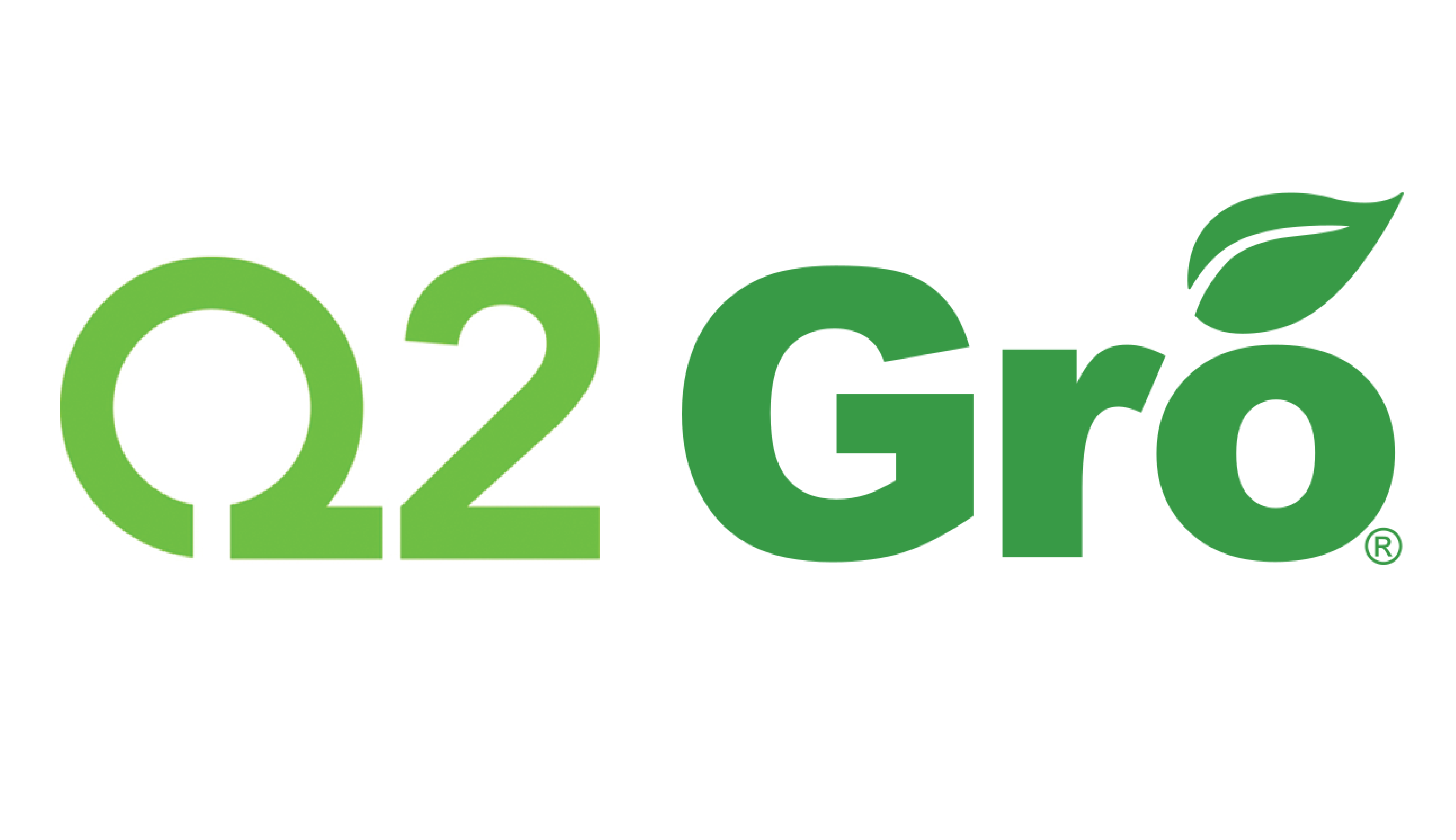Fintech
Web & Mobile Banking
Mergers and Acquisitions
Marketing
digital account opening
Q2
gro solutions
banking marketing
Q2 Acquires Gro Solutions: So What?

Digital sales is where the puck has gone, if you look at Q2’s announced acquisition of Gro Solutions and a string of other recent deals. A consumer and small business digital account opening provider that has seen a lot of success since the product’s launch just over four years ago, Gro brings nearly 60 bank and credit union clients to the 400+ existing clients Q2 claims. The Gro addition would round out Q2’s origination capabilities following the acquisition of Cloud Lending Solutions a mere six weeks prior. And it follows a string of Q2 acquisitions over the last few years, including:
- Centrix brought cash management functions of positive pay, fraud prevention and risk assessment as well as dispute management.
- UnBill brought a payments consolidation software allowing end users to manage their direct payment relationships. From this tech, it created CardSwap (noted from Finovate).
- CorePro (from Social Money acquisition) brought a platform that fintechs and banks can use to gather deposits and provide PFM-like capability.
Add this string of purchases to what Q2 developed internally, including:
- Digital transactional banking: Retail, small business, and commercial customers on a single platform across all device types.
- Security: Sentinel (fka Risk and Fraud Analytics, RFA) and Patrol, both designed to monitor and challenge behavior and events determined to be outside normal user behavior.
- Marketing: Q2Smart being a first step toward marketing automation, aligning bank products and user behavior to create audiences to more effectively target offers.
What most of Q2’s recent acquisitions – certainly Gro and Cloud Lending – have in common is that the new capabilities can explicitly drive revenue for a financial institution. Believe us when we say we get “experience,” but hard-nosed bank execs are looking at their resource spend and increasingly (and rightly) saying, “Show me the money. New money.” And, in a hypercompetitive and rising rate environment: Better money. The Achilles heel of standalone transactional digital banking providers is the desire to charge banks more for their usually stronger user interfaces than the core provider-based solutions, but they’ve struggled to show the increased revenue impact to connect the ROI dots.
Bridging digital sales with digital service is white hot right now with a flurry of related investments including Jack Henry/BOLTS, Adobe/Marketo, Kony/Pivotus, Finastra/Malauzai, Meridianlink/CRIF, FIS’ Digital One related investment in Zenmonics and Fiserv’s announced internal build/launch of Originate. Brad Smith framed up the situation while discussing Pivotus (now Kony) from the American Banker digital conference: Aligning business and digital strategy can (and should) be done.
So How Does Gro Fit In?
Gro brings a solid digital account opening platform, something Q2 was pursuing internally. So any Q2 clients pursuing the internally developed approach need to be asking some questions. Gro brings an interesting approach to leveraging cellular providers to ease data gathering during an account opening process. While financial terms of the deal weren’t disclosed, the mashup seems to make sense especially when you figure Gro and Q2 both address consumers and businesses. But this isn’t all unicorns and rainbows for Q2. There are at least three challenges here that Q2 and its clients face:
- Integration: As Cornerstone Partner Terence Roche points out, Q2 has always touted a single platform for retail, business and fraud without the separate systems and integration issues of some of their competitors. Now, with a string of acquisitions, their integration story could start sounding a lot more like their competition. A new flex of integration muscle will be needed.
- Slammed Development: Teams already having a hard time keeping up with heavy product demands now have to integrate yet another solution. A first world problem for sure, but very real with a talent war under way where it seems like every techie in Austin has three standing job offers with rich comp packages that throw in brisket and beer fridges.
- New Competition: Another challenge Cornerstone Director Ryan Myers points out is that these types of acquisitions begin to blur the fintech and bigtech vendor landscape in new ways. Beyond niche competitors that are enough to keep up with, now Q2 and Salesforce (both with roughly the same market valuations relative to their revenue sizes) have enough overlap in the problems they are trying to solve in banks that they are competing against each other even if they, themselves, don’t really view it that way. If Q2 solves online account opening experience, then that minimizes some ROI justification for a Salesforce add. And you now have a highly valued company in Q2 with growth assumptions conflicting with the highly valued growth assumptions of horizontals the likes of Salesforce, Adobe, Microsoft and other, deep pocket bigtechs.
So, congrats to Q2 for skating where the puck is going, but Q2 should check its peripheral vision for new, bulkier, slashing heavies skating at them with an eye to check them into the wall.
Banks and credit unions – and not just clients of Q2 – should keep a close eye on fintech developments. As Cornerstone President Steve Williams points out, standalone digital origination platform providers are quickly getting locked into big vendor relationships. All these mashups could turn out as wins for banks and credit unions that have partnered systems. Yet for those with pairings left out of the mix, the cast of players has now been reduced.
To quote Wayne and Garth, Game on!
Special thanks to Ryan Myers, Brad Smith, Terence Roche and Steve Williams for their contributions to this article.